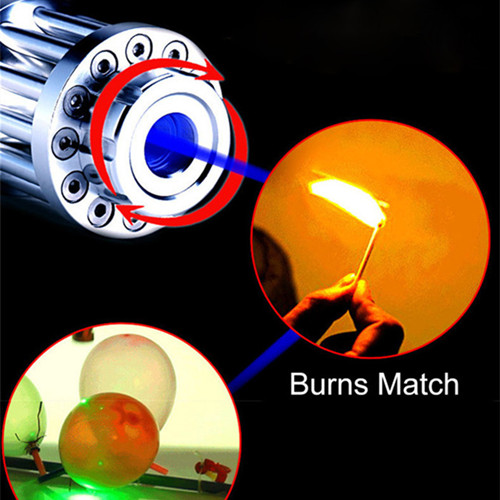As lasers participate in mainstream applications, users need to use computers to control and diagnose, which requires knowledge of software and computer technology. Whether it is a detector in a spectrometer, motion control in a micromachining system, or elsewhere, the laser pointer needs to interact with these instruments through computer operation. New features will create new applications, which in turn pose higher challenges for software and computer technology.
The mechanical engineering, materials science, and fluid mechanics involved in laser science are all more or less related to heat treatment, such as laser heat dissipation and maintaining stable performance at different ambient temperatures.
If you want to answer questions such as “Why is the YAG broken?”, “Why is this frame more stable than another, how to make the frame more stable?” Or “How can we transfer heat from where it is generated to be safe?” Where is it dissipated? “We need to have a clear understanding of the thermal conductivity and thermal expansion coefficients of various materials. Otherwise, we cannot build a laser system that is stable within a reasonable temperature range (and this reasonable temperature range is usually specified by a group of “irrational” users).
The above illustrates the importance of mechanical engineering and materials science, but what about fluid mechanics? When designing a cooling system, we must consider the relationship between pipe diameter and flow resistance, and know why turbulence is an effective means of transferring heat from the surface of the object to the cooling fluid. Therefore, the construction of a stable laser is a delicate project of mechanical engineering, material science and fluid mechanics.
The problem comes from physics and ends with physics. Optical and physical problems are the ones we usually encounter the most, but they do not always appear in the form we expect. Ray tracing and basic optical principles are necessarily involved in the design of lasers. They are also related to the transmission process of the red laser pointer‘s exit beam to the target, and are usually accompanied by more complicated geometric problems. Lenses and mirrors look simple, but once the robotic arm or long path is involved, the problem becomes quite complicated.
